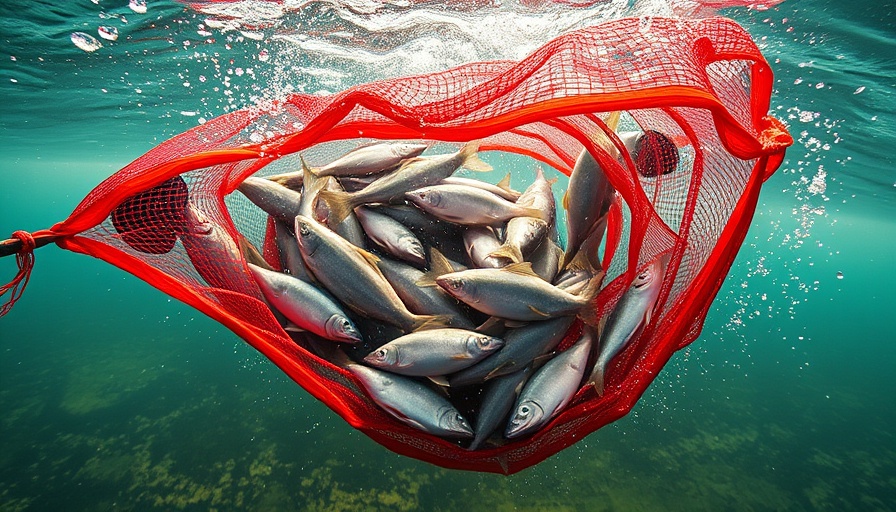
Mapping the Future of the Mekong: A Crucial Step for Fish Corridors
In a groundbreaking study, researchers have successfully mapped essential fish migration corridors in the Mekong River for the first time. This endeavor underscores the vital need for ecological integrity in one of the world's most biodiverse river systems. The study, which employed an innovative acoustic telemetry system, tracked the movement of fish as they navigated vital migratory routes in Cambodia and Laos, shedding light on their behaviors and survival requirements.
The Significance of Fish Migration Corridors
The Mekong is not just the longest river in Southeast Asia, flowing over 4,900 kilometers from the Tibetan Plateau to the South China Sea, but it is also home to over 20 percent of its fish species that are migratory. These species play a key role in maintaining the ecological balance of the river system. By implanting small electronic transmitters in tagged fish, researchers monitored their movements, providing critical data demonstrating how these fish rely on unimpeded corridors for breeding, feeding, and migration.
Development Pressures and the Need for Conservation
While this initial mapping is a significant scientific achievement, it comes at a crucial time. Planned and ongoing dam constructions pose a severe threat to these migratory paths. The study's lead author, Jackman Eschenroeder from FISHBIO, emphasized that the data gathered serves as a warning about the potential destruction these dams could cause. “We’re trying to build a roadmap for where these fish are going, but it gives us just a glimpse into what these fish are doing,” Eschenroeder said, highlighting the need for sustained research.
Funding Challenges: A Barrier to Conservation Efforts
Amidst the growing need for more studies, the reality is stark: U.S. funding cuts for foreign aid severely threaten the continuity of critical research in the region. Zeb Hogan, a co-author of the study and the project lead for the Wonders of the Mekong program, pointed out that while the study was completed before funding was cut, future research initiatives may be jeopardized. This encapsulates the broader threat conservationists face amid competing interests, as development pressures only heighten.
The Way Forward: Sustainable Development Solutions
In light of such challenges, the importance of sustainable practices becomes increasingly apparent. As local and global stakeholders consider development plans, incorporating sustainable practices and prioritizing environmental conservation should take precedence. By supporting projects that emphasize ecological balance, stakeholders can help mitigate risks associated with hydropower development in the Mekong River Basin.
Community Engagement and Advocacy
Sustainable living should also involve community engagement. Local groups, environmental organizations, and citizens play a pivotal role in advocacy for responsible practices that support biodiversity. Grassroots movements centered around sustainability can influence policy decisions, emphasizing the value of preserving natural resources. Initiatives such as community gardens and eco-friendly projects promote awareness of ecological issues while fostering a sense of responsibility among local populations.
Global Implications of Local Actions
The issues facing the Mekong are not isolated; they reflect a global pattern seen in many river ecosystems struggling against both natural and anthropogenic pressures. Understanding how local actions can resonate globally is essential for fostering a culture of conservation. By adopting sustainable solutions that reduce carbon footprints and promote corporate sustainability, global citizens can create a ripple effect — one that may protect biodiversity worldwide.
Conclusion: A Call to Action for a Sustainable Future
Mekong's future and the health of its ecosystems depend on knowledge, funding, and, importantly, community action. Awareness is critical, as is support for research that contributes to sustainable development practices. Engaging in eco-friendly lifestyles, advocating for conservation efforts, and supporting ethical businesses are formidable steps individuals can take toward a sustainable future.
Take action now! Explore eco-friendly products, advocate for local conservation projects, and become part of the solution in your community. Every effort counts towards reducing environmental impacts and promoting sustainable development.
 Add Row
Add Row  Add
Add 



Write A Comment